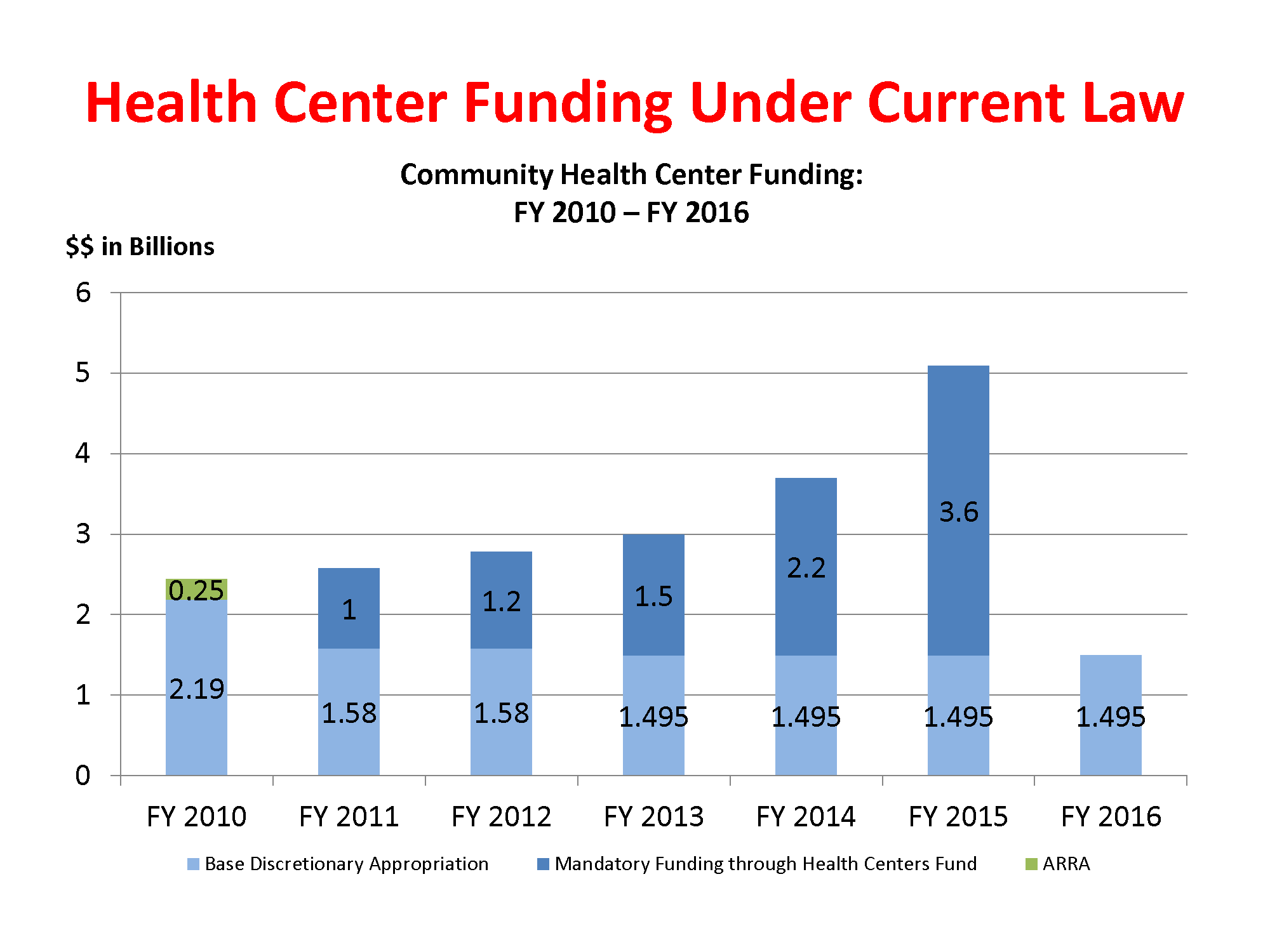Primary care funding is pivotal to addressing the growing challenges within the U.S. healthcare system, where increasing patient demand collides with a dwindling number of physicians. Initiatives like ACO PC Flex represent a forward-thinking approach to primary care reimbursement, fostering financial incentives designed to prioritize preventative care over costly hospital visits. This innovative healthcare payment model aims to allocate resources more efficiently, encouraging primary care practitioners to engage deeply with their patients. By embracing healthcare financing innovations, stakeholders hope to create a sustainable cycle that enhances the quality and accessibility of primary care. As we explore the future of primary care funding and its implications, it’s crucial to understand how these changes could reshape the landscape of healthcare delivery for millions.
In the realm of healthcare financing, the injection of capital into primary healthcare services is essential for maintaining a robust system. Terms like health service funding and medical care financing highlight the urgent need for improvement to ensure that general practitioners can adequately meet the needs of their patients. The introduction of new healthcare payment models, such as Shared Savings Programs within Accountable Care Organizations (ACOs), seeks to offer alternative primary care reimbursement methodologies. This shift not only aims to reduce hospital admissions but also encourages a greater focus on preventative strategies, ultimately supporting a healthier population. Engaging with these financial models offers profound insights into how the future of medical care can evolve and adapt to the burgeoning demand for services.
The Need for Primary Care Funding Innovations
As the healthcare landscape continues to evolve, primary care funding is becoming increasingly crucial. Many experts agree that the U.S. primary care sector is facing a substantial crisis characterized by rising patient demand coupled with a shortage of physicians. This situation calls for innovative financing solutions to ensure that primary care practices can thrive. The ACO PC Flex initiative emerges as a potential solution, aimed not only at increasing funding but also at shifting the focus toward preventative care and reducing overall healthcare costs. By incentivizing healthcare providers to prioritize patient outcomes over sheer volume, innovative funding can lead to a more sustainable healthcare model.
Innovations in healthcare financing, like the ACO PC Flex program, aim to restructure how primary care is funded. By providing upfront payments to primary care physicians before services are delivered, this model empowers clinicians to focus on patient care without excessive financial pressures. The prospective payment system will significantly increase primary care reimbursement compared to traditional models, which have often left primary care providers struggling to keep up with specialists. This transformation not only provides financial relief but also incentivizes healthcare providers to invest more in preventative care, ultimately benefiting the patients who rely on these essential services.
How ACO PC Flex Transforms Primary Care Reimbursement
The introduction of the ACO PC Flex program marks a significant shift in primary care reimbursement models. Unlike traditional fee-for-service systems, where payments are contingent upon services rendered, ACO PC Flex allows for prospective payments based on anticipated healthcare needs. This innovative approach can alleviate the financial strain on clinicians, enabling them to allocate more time towards preventative and holistic patient care rather than focusing solely on patient volume. Such a model helps to close the existing reimbursement gaps between primary care providers and specialists, fostering a more equitable healthcare system.
Moreover, the ACO PC Flex model encourages physicians to develop comprehensive care plans that address the long-term health of their patients. By shifting the financial paradigm from reactive to proactive care, physicians can engage in extensive health counseling and preventative measures without the fear of incurring penalties for additional tests or consultations. This transformation not only enhances healthcare quality but also aims to reduce unnecessary hospitalizations, which typically arise from a lack of access to primary care. As more providers adopt these innovative reimbursement strategies, primary care may regain its rightful place as the cornerstone of healthcare delivery.
Challenges and Barriers in Implementing ACO PC Flex in Primary Care Settings
Despite the promise of ACO PC Flex, the implementation of this innovative payment model is not without challenges. One major concern involves the existing infrastructure within primary care practices. Many physicians may lack the administrative support needed to manage the new payment structure effectively or the resources to adapt to this upcoming change. Additionally, there may be resistance from some healthcare providers who are accustomed to traditional fee-for-service arrangements, which might hinder the adoption of this innovative model.
Furthermore, successfully scaling the ACO PC Flex program requires strong collaboration among stakeholders, including healthcare providers, insurance companies, and policymakers. Without a collective effort, the full potential of this initiative may not be realized. Policymakers must focus on addressing barriers to implementation and support primary care practices as they adjust to these new models. By ensuring that primary care providers have the necessary support, ACO PC Flex has the potential to create a sustainable positive model for healthcare financing.
Exploring the Benefits of Preventative Care under ACO PC Flex
Preventative care serves as a critical component of the ACO PC Flex initiative, as it emphasizes the importance of early interventions to enhance patient health outcomes. Under this program, physicians are incentivized to proactively manage their patients’ health, conducting screenings, and counseling to prevent more serious and costly health issues down the line. This focus on preventative care not only fosters healthier individuals but also serves to reduce the overall burden on the healthcare system. In this shift towards prioritizing wellness, the ACO model promises to reshape how care is delivered across the United States.
The benefits of preventative care extend beyond immediate health outcomes; they also lead to economic savings for both patients and the healthcare system. By emphasizing early detection and management of chronic illnesses, ACO PC Flex helps prevent costly emergency room visits and hospital admissions. This approach creates a ripple effect, allowing for the reallocation of healthcare resources toward more efficient care delivery. As preventative care becomes firmly integrated into the primary care model, patients are more likely to enjoy longer, healthier lives while also ensuring that healthcare budgets are spent more effectively.
The Role of Healthcare Payment Models in Future Innovations
Healthcare payment models are pivotal to the sustainability of U.S. healthcare. The ongoing evolution from traditional fee-for-service to innovative models, such as ACO PC Flex, demonstrates a growing recognition of the necessity for payment reform. These new models are designed to address the shortcomings of existing systems, reducing the emphasis on volume and focusing instead on value-based care. By rewarding providers for health outcomes rather than the quantity of services rendered, innovations in healthcare payment are becoming essential to meeting the demands of modern medicine.
The anticipated success of ACO PC Flex could set a precedent for future healthcare payment innovations. As healthcare systems confront the realities of rising demand and limited resources, the frameworks established by these new models will be critical for achieving quality care. An increase in funding specifically allocated for primary care can lead to a more resilient healthcare infrastructure capable of adapting to the needs of diverse populations. The ongoing evolution of these models emphasizes the importance of not only changing how providers are reimbursed but also reinforcing the value of primary care within the broader context of healthcare financing.
Driving Positive Change in Primary Care through Collaboration
Collaboration is crucial in driving positive changes in primary care, especially with initiatives such as ACO PC Flex. Healthcare providers must come together with public and private sector entities to create a supportive environment that nurtures innovation and improves patient care access. By working collaboratively, stakeholders can identify and address systemic barriers, ensuring that primary care practices can effectively implement the new payment models intended to enhance both efficiency and quality of care.
Additionally, partnerships between healthcare providers, research institutions, and community organizations can foster innovative solutions to common challenges faced in primary care settings. Empowering frontline clinicians with resources and support through these collaborations can lead to more effective implementation of preventative care programs. When healthcare systems invest in collaborative approaches, they ultimately pave the way towards a more integrated and efficient primary healthcare system.
Future Prospects of ACOs in Primary Care Delivery
Looking ahead, the future of Accountable Care Organizations (ACOs) like ACO PC Flex represents an exciting prospect for primary care delivery in the U.S. As these models evolve, they may not only enhance the financial sustainability of primary care practices but also improve the overall quality of care patients receive. If successful, the ACO PC Flex initiative could encourage other innovative payment structures that prioritize preventative care and holistic patient management, fundamentally changing how primary care operates.
Moreover, if the ACO PC Flex model proves effective in improving health outcomes and reducing costs, there is potential for its principles to be adopted widely in the public and private insurance sectors. This could create a domino effect, influencing policies that address reimbursement rates for primary care providers serving diverse populations, especially those under Medicaid. Ultimately, the wider adoption of such innovative models could solidify primary care’s role as the cornerstone of the healthcare system, ensuring that accessible and preventive healthcare is available to all.
Addressing Disparities in Primary Care Access
While initiatives like ACO PC Flex hold significant promise for reshaping primary care in the U.S., they must also focus on addressing existing disparities in access to healthcare. Many low-income and marginalized populations face significant barriers to receiving consistent and quality primary care, primarily due to inadequate reimbursement structures and limited resources. By emphasizing equity in funding and creating tailored programs for these communities, ACOs can ensure that the benefits of innovative payment models effectively reach all segments of the population.
Furthermore, addressing disparities in primary care access involves empowering clinicians in underserved areas with the financial support necessary to overcome challenges. By recognizing the complexities of healthcare financing and implementing policies that foster inclusivity, ACO PC Flex and similar initiatives can help bridge the gap in primary care access. As healthcare providers work to create a system that serves everyone, the focus must remain on ensuring that all patients have the opportunity to receive high-quality care, regardless of their economic circumstances.
The Impact of Corporate Ownership on Primary Care Practices
The trend of corporate ownership in healthcare has significantly affected primary care practices across the United States. Corporate entities often prioritize volume over quality, leading to an environment where primary care providers face immense pressure to see more patients within shorter timeframes. This can negatively impact both patient care and physician well-being, creating a cycle that undermines effective treatment and patient satisfaction. However, initiatives like ACO PC Flex offer hope for reversing these trends by reallocating resources towards a model that values quality and preventative care.
By addressing the financial dynamics of corporate ownership, ACO PC Flex aims to empower primary care providers to reclaim their autonomy and focus on patient-centered care. The initiative promotes a direct shift from a volume-based reimbursement model to one that rewards the quality of care delivered. By creating a framework that supports clinicians in providing comprehensive, preventive, and individualized care, we can work towards a healthcare system that prioritizes the well-being of patients and practitioners alike.
Frequently Asked Questions
What is primary care funding and why is it important?
Primary care funding refers to financial resources allocated to primary healthcare services, aimed at ensuring accessibility, enhancing the quality of care, and supporting preventative care initiatives. This funding is crucial as it underpins the sustainability of primary care practices and allows for better healthcare outcomes, ultimately reducing the reliance on more expensive specialized care.
How does the ACO PC Flex program impact primary care funding?
The ACO PC Flex program represents a transformative approach to primary care funding by providing upfront, prospective payments to primary care providers. This model encourages proactive patient management, prioritizing preventative care while improving the financial stability of primary care practices, ultimately increasing overall primary care funding.
What are healthcare payment models and their implications for primary care reimbursement?
Healthcare payment models are frameworks used to determine how healthcare providers are reimbursed for their services. They significantly impact primary care reimbursement by influencing the financial incentives for preventative care and chronic disease management, ensuring that primary care providers are adequately compensated for maintaining patient health and reducing costly hospitalizations.
How does preventative care relate to primary care funding?
Preventative care is a critical focus area within primary care funding, as it aims to reduce the onset of chronic illnesses and the need for more expensive treatments. Enhanced funding for preventative care initiatives in primary care not only improves patient outcomes but also lessens the overall financial burden on the healthcare system.
What innovations are being explored in healthcare financing to improve primary care?
Innovation in healthcare financing, such as the ACO PC Flex model, seeks to address the funding challenges faced by primary care by incentivizing providers to focus on value-based care rather than volume. This innovation aims to create sustainable funding streams that enhance primary care services, ultimately leading to better health outcomes for patients.
| Key Points |
|---|
| Primary care in the U.S. is experiencing a crisis due to increasing demand and a shortage of physicians. |
| The ACO PC Flex program aims to increase primary care funding and improve care quality. |
| Primary care reimbursement rates are low compared to specialist care, affecting physician income. |
| Accountable Care Organizations (ACOs) offer a model to incentivize high-quality, cost-effective care. |
| The ACO PC Flex model provides payments in advance, allowing for better resource allocation in primary care. |
| Successful implementation of ACO PC Flex may influence other primary care reimbursement models. |
Summary
Primary care funding is crucial in addressing the current healthcare crisis in the U.S. With rising demand for services and a shortage of physicians, innovative funding models like the ACO PC Flex are needed to ensure quality care for patients. This new approach promises to enhance financial resources for primary care providers, thereby fostering a more preventative and holistic healthcare framework. As a result, it has the potential to reshape how primary care is supported, leading to better health outcomes for all.




